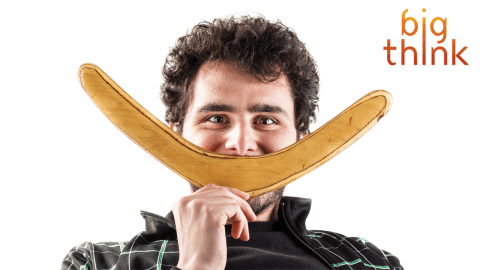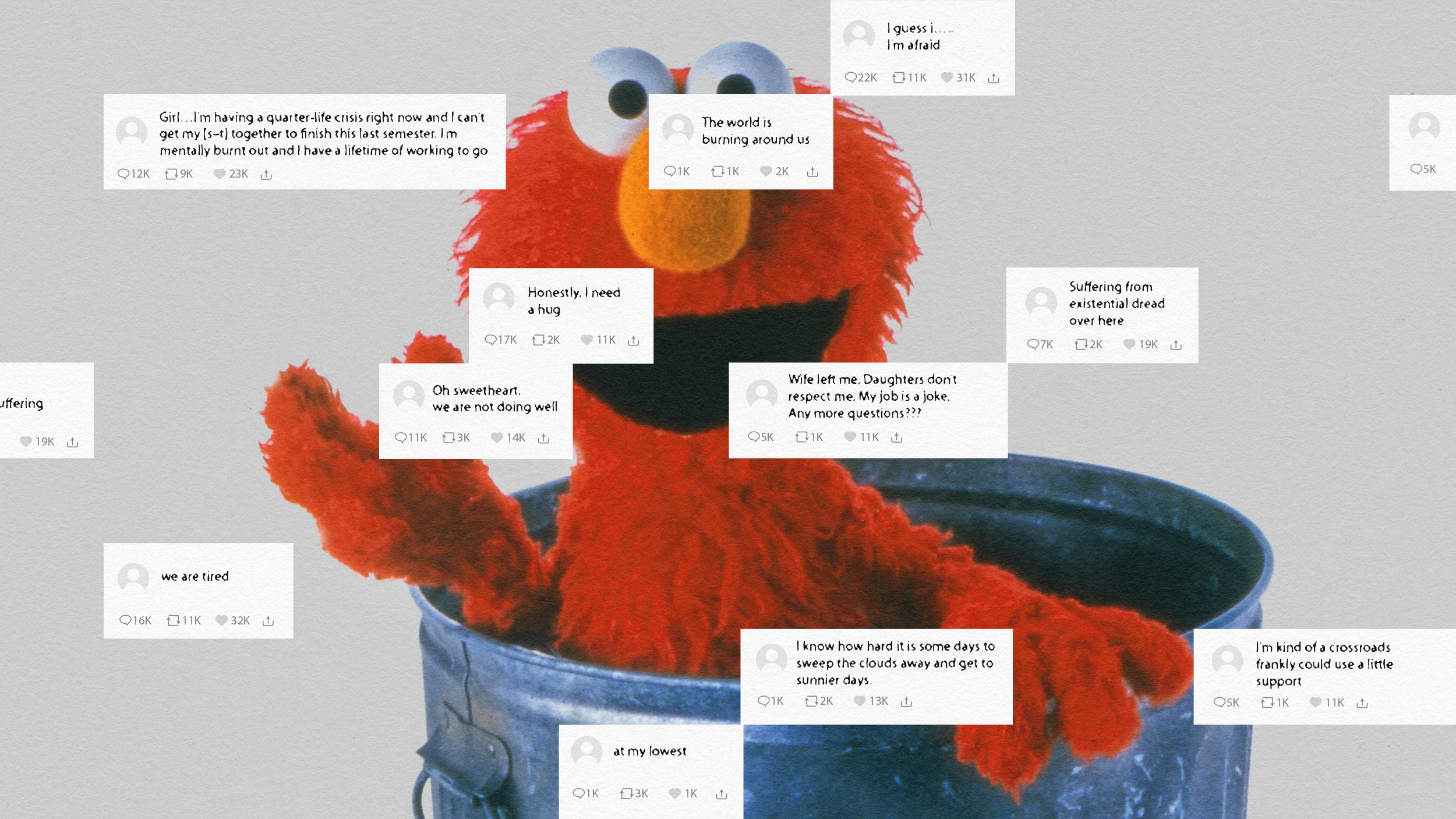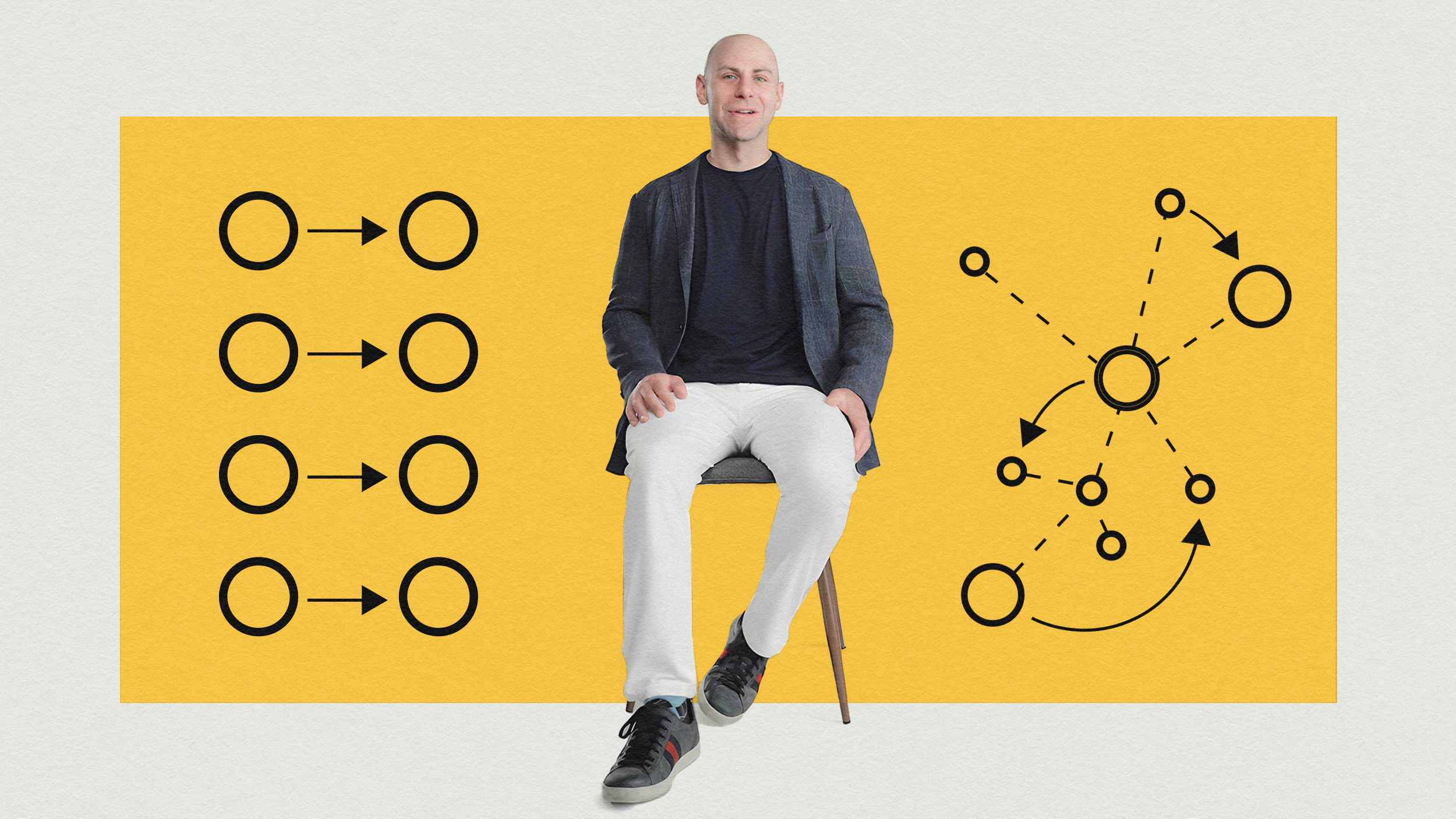Paul Taylor: Millennials are the Most Cautious Generation We’ve Ever Seen

Paul Taylor is the executive vice-president of special projects at the Pew Research Center and author of the book The Next America. An expert in demographic, social and generational research, Taylor recently visited Big Think to discuss the millennial generation:
One of the more noted phenomena commonly associated with millennials is that many of them still live with mom and dad. Taylor estimates that about 40% of young American adults either never left home or boomeranged back after college. Whereas in previous generations an adult living with one's parents was a sign of failure, that stigma appears to have mostly disappeared in recent decades. In fact, Taylor says the cohabitation of parents and their adult children is, for the most part, harmonious:
"We’ve done some surveying of both the parents of such young adults and young adults themselves looking for tension within those homes, looking for conflict, looking for stigma. And frankly we don’t find that much... In some ways I have a sense from our surveys that young adults have sort of seamlessly migrated from being the children of their parents in many cases to being the roommates of their parents."
There are some countries and cultures (Italy being the most notable) where it's customary for young men to remain in their parents' home well into their thirties. Usually though, this is attributable to a core cultural emphasis on the importance of family. What's happening in the United States has more to do with a sluggish economy that has failed to produce enough jobs for new workers. It makes little sense to move out if you don't have the means to support yourself. Thus, the aforementioned transition from household dependent to relative roommate.
Being a numbers man, Taylor takes great interest in finding patterns within Pew's data and attempting to pinpoint generational trends and characteristics. He prefaces his findings with the disclaimer that they should be taken as generalizations -- not every millennial behaves one way while everyone else behaves another. With that said, he shares what he's found to be a key element of the generation's persona:
"One [key element] is wariness. There is a classic question in social science about what we call social trust and the question goes very simply. Generally speaking would you say most people can be trusted or you can’t be too careful when you’re dealing with other people? Only about 19 percent of millennials the last time we asked this question say "yeah, most people can be trusted."
Taylor posits a few theories about why millennials are the most cautious generation Pew has ever seen. First, he notes that a large share of young adults are non-white and/or on the lower end of the socioeconomic scale. This places them in "an attitude of vulnerability" and causes them to act more carefully:
"One of the things that sociologist know and psychologists have observed is that populations that feel vulnerable for whatever reason tend to be low on social trust because they’re not well fortified to deal with the consequences of misplaced trust."
Another of Taylor's theories has to do with millennials' time spent online. Obi-Wan Kenobi's sage advice about Mos Eisley Spaceport applies just as well to the internet: "You will never find a more wretched hive of scum and villainy. We must be cautious." Millennials understand that you have to take everything you see online with a grain of salt; not everybody is as they present themselves. This reality breeds distrust.
Finally, Taylor wonders how much social horrors, coupled with the ways millennials were raised, contributes to their wariness:
"Millennials came of age in the nineties and oughts, an era of global terrorism, of domestic school shootings, Columbine, 9/11, a lot of pretty horrible things that are particularly disturbing to parents. The worry about strangers online, online predators and all the rest... There is a kind of an everybody gets a trophy quality to the way millennials have been raised. You’re precious. It’s a mean and difficult world. I need to protect you. Which may then be picked up by the children raised this way as you better be careful, you better be wary."
While these theories are mostly conjecture, Taylor views millennials' general aversion to risk as factual and evidenced.
"Now maybe that’s because they don’t have money, they don’t have the economic security that leads to a freedom to take risks. Or maybe it’s the way they’ve been raised. I think you can see that in their consumption habits as well... because they don’t have the money or they don’t want to take on the debt. They’re not buying cars, they’re not buying houses and I think there is a kind of wariness that cuts across a lot of the dimensions of their lives."
Simply put: millennials have watched a lot of people get burned over the past seven years. Their parents have fought foreclosures and debt. Divorce rates have led to a lot of broken homes. Millennials have come of age during an era where the promise of success more resembles a fleeting chance. There's been unending war, escalating political partisanship, and growing economic inequality. In many ways, millennials feel they've watched their cultural inheritance get squandered away by the political elite.
So perhaps the question could be phrased not so much as "why are millennials distrusting of others?" but rather "what reason do millennials have to be trusting at all?"





